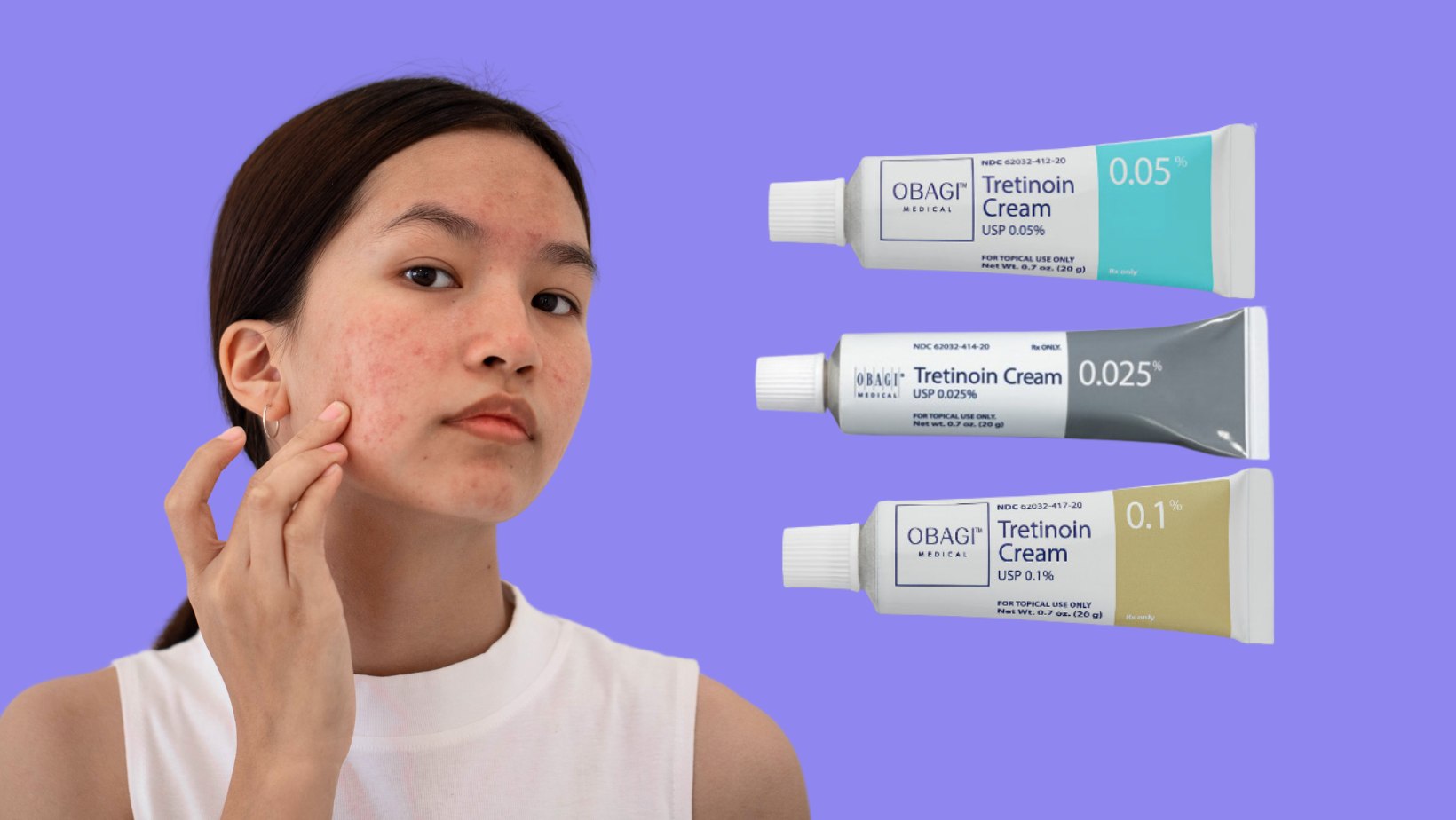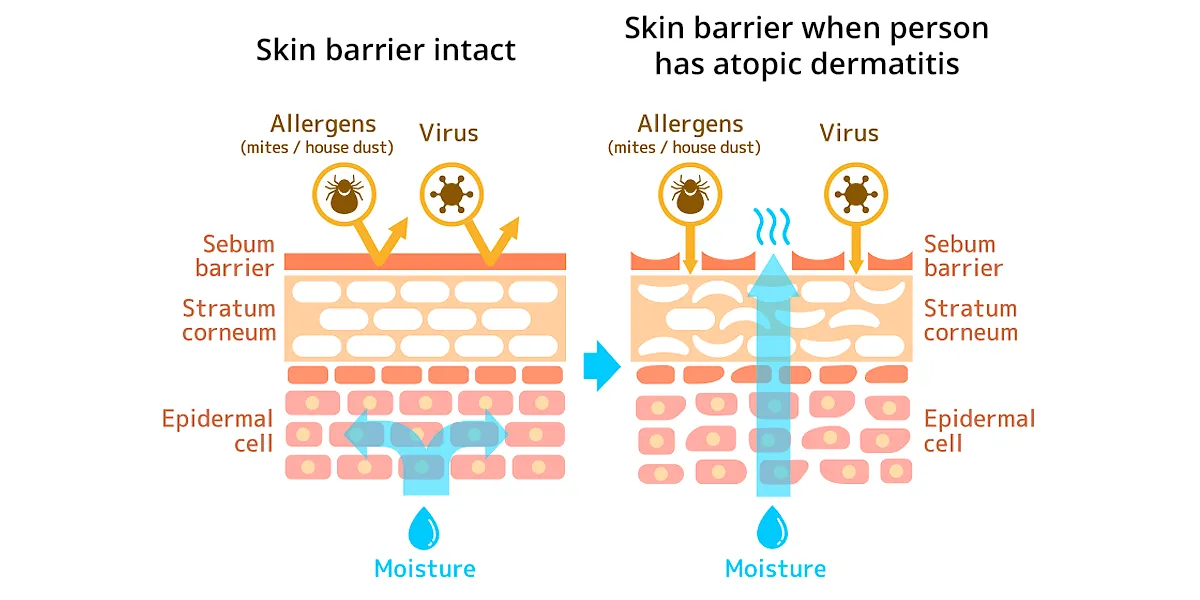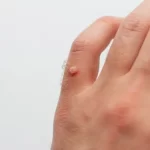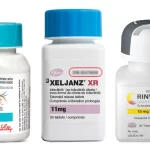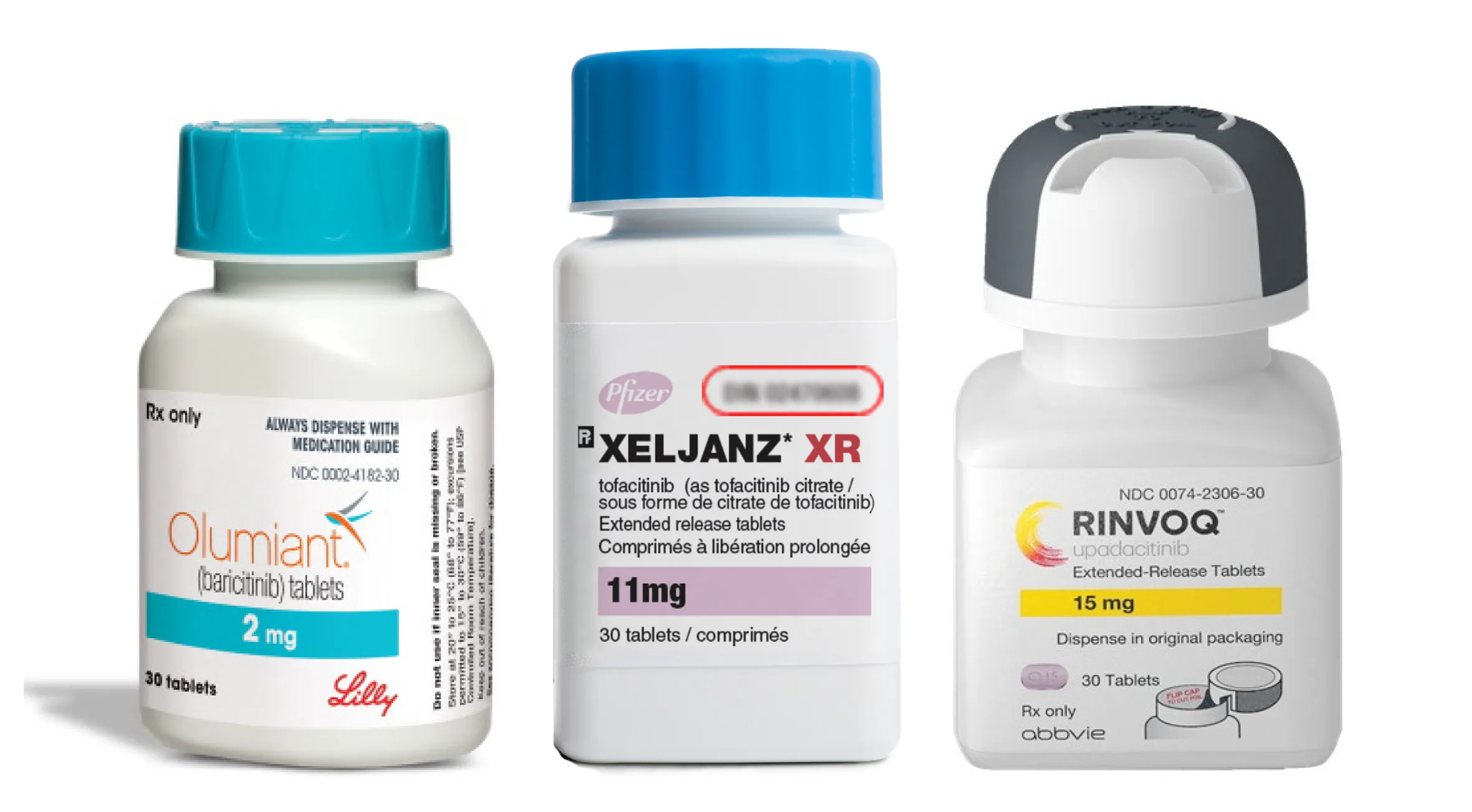If you’ve initiated a tretinoin regimen for concerns like acne or signs of aging, you may be grappling with what’s colloquially known as the “tretinoin purge.” While the concept might sound alarming, it’s a recognized and manageable stage in dermatological care. For many, the purge serves as a transitional phase before tretinoin’s benefits start to manifest fully.
First off it is important to understand that tretinoin is a retinoid, a potent derivative of vitamin A. It’s a cornerstone topical treatment in dermatology and has been utilized for decades to treat a myriad of skin issues, including acne, sun damage, and signs of aging. The medication acts by increasing the rate of cell turnover, promoting the rapid shedding of dead skin cells, and stimulating the growth of new ones. Additionally, tretinoin unclogs pores, minimizes fine lines, and even boosts collagen production.
What Exactly is the Tretinoin Purge?
The term “purge” is widely used to describe a phase during which your skin appears to worsen before it gets better. It occurs because tretinoin expedites the cell turnover process, bringing underlying microcomedones (early acne lesions not visible to the naked eye) to the surface faster than they would naturally. This can result in a temporary flare-up of acne or other existing skin concerns. Contrary to how it might appear, this process is usually a sign that the medication is doing its job effectively.
The duration of the tretinoin purge can differ among individuals. Generally, it lasts between two to six weeks, but in some cases, it may extend up to eight weeks. The severity and type of symptoms you experience are influenced by various factors, such as your skin type, the concentration of the tretinoin formulation, and your overall skincare routine. Some people may experience mild symptoms like redness and peeling, while others might face a more significant breakout.
Strategies for Managing the Purge
During the tretinoin purge phase, it’s imperative to remain committed to your treatment. The temptation to discontinue the regimen prematurely should be resisted, as doing so can disrupt any progress made and potentially render your skin more susceptible to future issues. Given that tretinoin already exfoliates the skin, it’s crucial to be mindful of your skincare routine. Avoid harsh cleansers and potent skincare ingredients like benzoyl peroxide or salicylic acid, as these can exacerbate irritation. Instead, opt for a gentle cleanser and incorporate a hydrating, fragrance-free moisturizer into your daily regimen to help soothe and protect your skin.
Another consideration when using tretinoin is its potential to increase skin sensitivity to sunlight. This heightened photosensitivity amplifies the risk of sunburn and other UV-related skin damage. To counteract this, it is essential to apply a broad-spectrum sunscreen with an SPF of at least 30 daily, regardless of weather conditions or your outdoor activities. In cases where you encounter persistent or severe symptoms during the purge, it is highly advisable to seek professional guidance. Consult your healthcare provider or dermatologist, as they can offer expert advice and may suggest adjustments to your treatment plan, such as altering the dosage or exploring alternative therapies. While it may be tempting to use makeup to conceal the temporary imperfections that arise during the purge, it’s essential to choose your cosmetics wisely. Heavy makeup can contribute to clogged pores, potentially exacerbating the issue. If makeup is a necessity, opt for non-comedogenic and hypoallergenic options that are less likely to aggravate your skin. In addition to your skincare routine, consider making minor lifestyle changes that can positively impact your skin’s overall health. A well-balanced diet rich in antioxidants and omega-3 fatty acids can support your skin’s natural healing processes. Moreover, managing stress through regular exercise or relaxation techniques can be beneficial, as stress has the potential to worsen various skin conditions.
Maintaining Perspective and Seeking Professional Guidance
As you embark on your tretinoin journey, it’s important to understand that the purge phase, while undeniably challenging, is a temporary and essential step towards achieving improved skin health. Rather than a quick fix, tretinoin therapy should be seen as a marathon, often taking several months to fully unveil its wide range of benefits. With unwavering commitment and proper application, the results can be truly transformative and well worth the wait. In conclusion, should you encounter any concerns or questions regarding the use of tretinoin or how to navigate the purge, it is strongly advisable to consult your dermatologist. They possess the expertise to provide tailored professional advice, specifically addressing the unique needs of your skin, ensuring that you attain the best possible results from your tretinoin treatment.


